Table of Contents
TogglePreimplantation Genetic Testing is a tool used in identifying genetic deficiencies in embryos created using In Vitro Fertilization (IVF) before pregnancy. It is said to be the foremost form of prenatal testing. It was first appropriated about 26 years ago, performed when the fertility specialist is looking out for a particular genetic disorder.
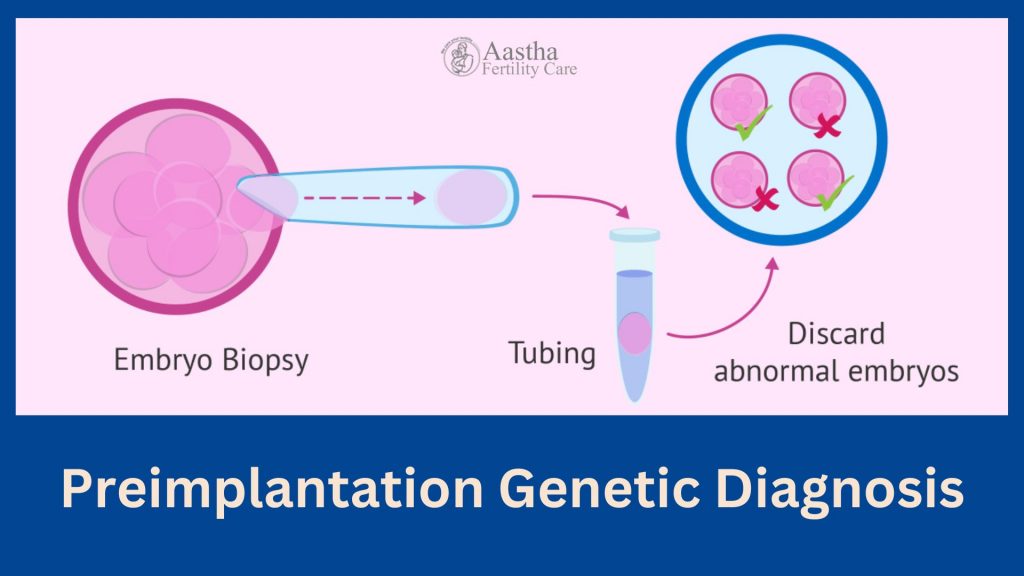
This refers to when one or both genetic parents have a known genetic anomaly, and testing is done to specify whether or not the embryo that carries that same abnormality.
Aastha Fertility Center offers you the best quote and options for PGD testing. We are a team of highly expert doctors who have years of experience in IVF, ICSI, and other infertility treatments. We deeply understand the trauma of infertility and not having a baby, thereby assisting all our patients with medical, emotional and physical support.
Book your Free Online Consultation with our experts now to know more.
What are PGS and PGD?
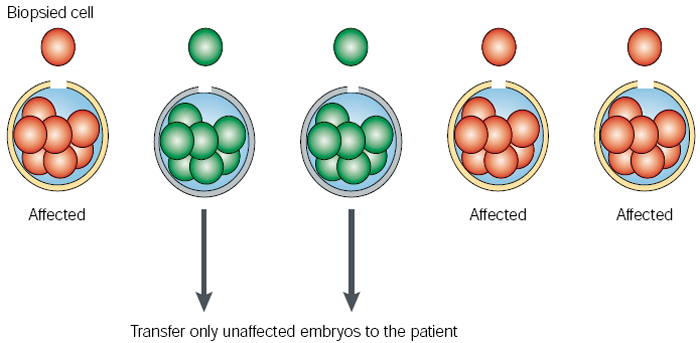
Comparatively, preimplantation genetic screening (PGS) is a tool used to examine the chromosomal make-up of the embryo for any abnormality in the chromosomes, otherwise known as aneuploidy. This is because only unaffected embryos should be taken to the uterus for implantation.
PGD is a better option or choice instead of current post-conception diagnostic procedures. This refers to amniocentesis or chorionic villus sampling, which is usually followed by the adverse decision of termination when results are contrary.
PGD and PGS are the currently available options for avoiding a high risk of having a genetically deficient child. It is also very effective in preventing hereditary genetic abnormalities. Thereby increasing the chances of a genetically fit child and reducing the chances of having to terminate pregnancies after a negative prenatal diagnosis.
Indications And Conditions For PGD
The following are some of the conditions that are expected to make couples consider PGD:
- History Of Recurrent Miscarriages Due To Chromosomal Abnormalities:
Examples of abnormalities of the chromosomes are aneuploidy and structural abnormalities. Translocations, inversions, and deletions are examples of structural abnormalities. Atypical chromosomal structures and aneuploidy can be found in sperm and eggs.
- 2 Or More Unsuccessful IVF Cycles:
Infertility-stricken couples regularly benefit from in vitro fertilisation (IVF), which helps them get pregnant. Even after several IVF cycles, some couples are unable to get pregnant.
- Advanced Maternal Age (Women Older Than 37):
Women over the age of 37 are more likely to produce aneuploid embryos, which results in implantation failure, miscarriage, or the birth of a child with a chromosomal abnormality (e.g. Down’s syndrome). At an advanced age, the egg’s chromosomes become less likely to split properly, leading to cells with an abnormally high or low number of chromosomes.
- History of A Chromosomally Abnormal Child Or Pregnancy:
Patients with a child or pregnancy history with a chromosomal abnormality use PGD to beat the risk of certain abnormalities recurring in successive pregnancies or children.
- Intended Parents With A History Of Inherited Genetic Diseases:
PGD is an option for couples at high risk of passing on an inherited disease to their children, allowing for the early identification of the genetic abnormality in the baby.
Sperm abnormalities cause about fifty percent of all infertility cases. Men who have balanced translocations run the risk of having sperm that has structural chromosomal abnormalities.
Conditions Diagnosed Using PGD
The following are some of the conditions diagnosed in using PGD:
- Cystic Fibrosis (CF)
- BRAC 1 & BRAC 2 genetic mutations
- Huntington’s disease
- Myotonic dystrophy
- Sickle cell anemia
- Haemophilia
- Fragile X syndrome
- Human immunodeficiency virus (HIV)
Chromosomal Disorder
A chromosomal disorder is any syndrome characterised by an abnormal formation in the body systems caused by an abnormal chromosome number or formation. Abnormal chromosomal counts are the root cause of any systemic malformations or dysfunctions in the body. These syndromes include-
- Down syndrome,
- Triple-X syndrome,
- Turner syndrome,
- Trisomy 18,
- Trisomy 13,
- fragile syndrome,
- Klinefelter syndrome.
A chromosomal disorder is a genetic disorder that affects the structures holding DNA within each cell. With these forms of conditions, there are missing or duplicated chromosome materials. They occur when there is a harmful change to the gene, otherwise known as a mutation. Sometimes, it is also a result of the abnormal quantity of genetic material.
Indications For Preimplantation Genetic Screening
Presently, PGD is recommended primarily for two types of patients. The likelihood of a couple in the first category passing on an inherited genetic condition is very high.
This disorder may be a monogenic disorder that includes an X-linked, autosomal dominant, or autosomal recessive disorder. Also, couples with chromosomal structural aberration are like a balanced translocation.
These couples usually refuse prenatal diagnosis, followed by selective termination of pregnancy because they have done it through several abortions or for moral/religious reasons. Like other couples, infertile couples with genetic disorders choose PGD since it improves the outcome of the IVF operation.
The second group comprises couples that undergo IVF medication fused with PGS to screen for chromosomal defects (aneuploidies). This is to boost the success chances of an ongoing pregnancy. Other indications include advanced maternal age, recurrent pregnancy loss, IVF failure, sex selection, and male factor infertility.
PGD Process
Patients who opt for PGD are not infertile but have a history of genetic abnormalities. To reduce the risk of a child with important health issues, PGD treatment is employed.
PGD is functional for virtually all inherited conditions for which the exact anomaly is known. A distinct test must be performed for each of the couples. PGD utilises IVF, in which multiple eggs are developed and obtained. The primitive egg cells are inseminated using Intracytoplasmic Sperm Injection.
The embryos obtained from this insemination are cultured to maturity until the third day of embryo development or the six to eight-cell stage. The embryo is then biopsied after one or two cells have been extracted. Contrary to some opinions, this procedure doesn’t defect the remaining cells within the embryo.
The isolated cells are examined for certain genetic disorders. Viable embryos are delivered to the woman’s uterus on the fifth day of embryo growth. Majorly, we have a dual method used for the genetic assessment: Fluorescent in situ Hybridization (FISH) & Polymerase Chain Reaction (PCR).
Polymerase Chain Reaction (PCR)
Using the Polymerase Chain Reaction (PCR), a given DNA segment can be amplified (multiplied) into millions or billions of copies quickly, making a more profound analysis possible. In PCR, a part of the genome to be amplified is selected by short synthetic DNA fragments known as primers. Multiple rounds of DNA synthesis are then used to amplify that part.
PCR has proved extremely important to several biological and scientific studies. Our facility uses it to examine embryonic cells for genetic abnormalities.
Fluorescent In Situ Hybridization
A chromosome’s particular DNA sequence may be found and located using the laboratory technique known as fluorescence in situ hybridization (FISH). This method involves attaching a person’s whole set of chromosomes to a glass slide, followed by exposure to a “probe”- a bit of pure DNA dye-tagged with a fluorescent tag.
The fluorescently tagged probe locates its matching sequence among the collection of chromosomes and attaches to it. A specialized microscope can observe the chromosome and subchromosomal sites where the fluorescent probe binds. This technique mostly detects predicted chromosomal abnormalities, such as Down syndrome or structural defects in the chromosome (translocation).
Approach Consideration For PGD
The central approach for PGD is oocytes by biopsy and successive genetic analysis of contrasting bodies. Obtaining the genotype of oocytes through direct analysis is possible. However, it destroys the oocyte.
Considerations And Challenges Of Preimplantation Genetic Diagnosis
Destruction of Embryos:
One challenge PGD has faced in the screening is the likely destruction of embryos and the selection of offspring based on expected traits. While persons who hold right-to-life views will be against PGD. Those who view the early embryo as basic in the PGS process will see no objection to the PGD process.
Donation of unused embryos to infertile couples lessens the problem. However, not too many couples will want to accept unused embryos. Although, many ethical commentaries continually mention PGD as the herald of a reproductive future involving extensive genetic selection and alteration of future offspring.
Advantages of PGD
- The main advantage of PGD is that it lessens the possibility of passing on particular genetic problems to offspring typically created through IVF.
- According to medical professionals, embryos with one or more genetic disorders and illnesses can’t be fertilized.
- PGD benefits couples with high-risk translocations by reducing the risk of failed pregnancies and avoiding pregnancies with an unbalanced form of translocation.
Technical Aspects
PGD is a type of genetic diagnosis carried out before implantation. Depending on the situation, various techniques can be used to make this diagnosis. Polymerase Chain Reaction (PCR) protocols are employed for monogenic conditions when no PCR methodology is available for an X-linked disease. At the same time, FISH is used for chromosomal aberrations and sexing. These techniques must be modified to be used safely and wisely on blastomeres.
Before being used in the clinic, they must also successfully test on single-cell models. Extra healthy, unharmed embryos can eventually be cryopreserved and implanted back in the next cycle after being dissolved after embryo replacement.
Obtaining Embryos
Presently all embryos are attained by Assisted Reproductive Technology. Although in vivo certification and natural cycles were formally adopted, these techniques are no longer used. The patient goes through regulated ovarian stimulation to obtain a significant number of oocytes (COH).
Treatments by Aastha Fertility Center:
- IVF
- IUI
- Donor treatments
- Minimally Invasive Surgery
- Endometrial Receptivity Analysis (ERA)
- Fertility Preservation
The best Infertility specialists at Aastha Fertility Care conduct all these ranges of infertility treatments. We do not want to keep any of our patients in a trap and thereby reveal the real condition analysis before initializing the treatment procedure.
This not only helps in the trust-building factor but also increases the treatment’s success rate. Proudly, Aastha Fertility Center holds India’s highest IVF treatment success rate in 2022. Check out the Success Stories by former patients to know more.

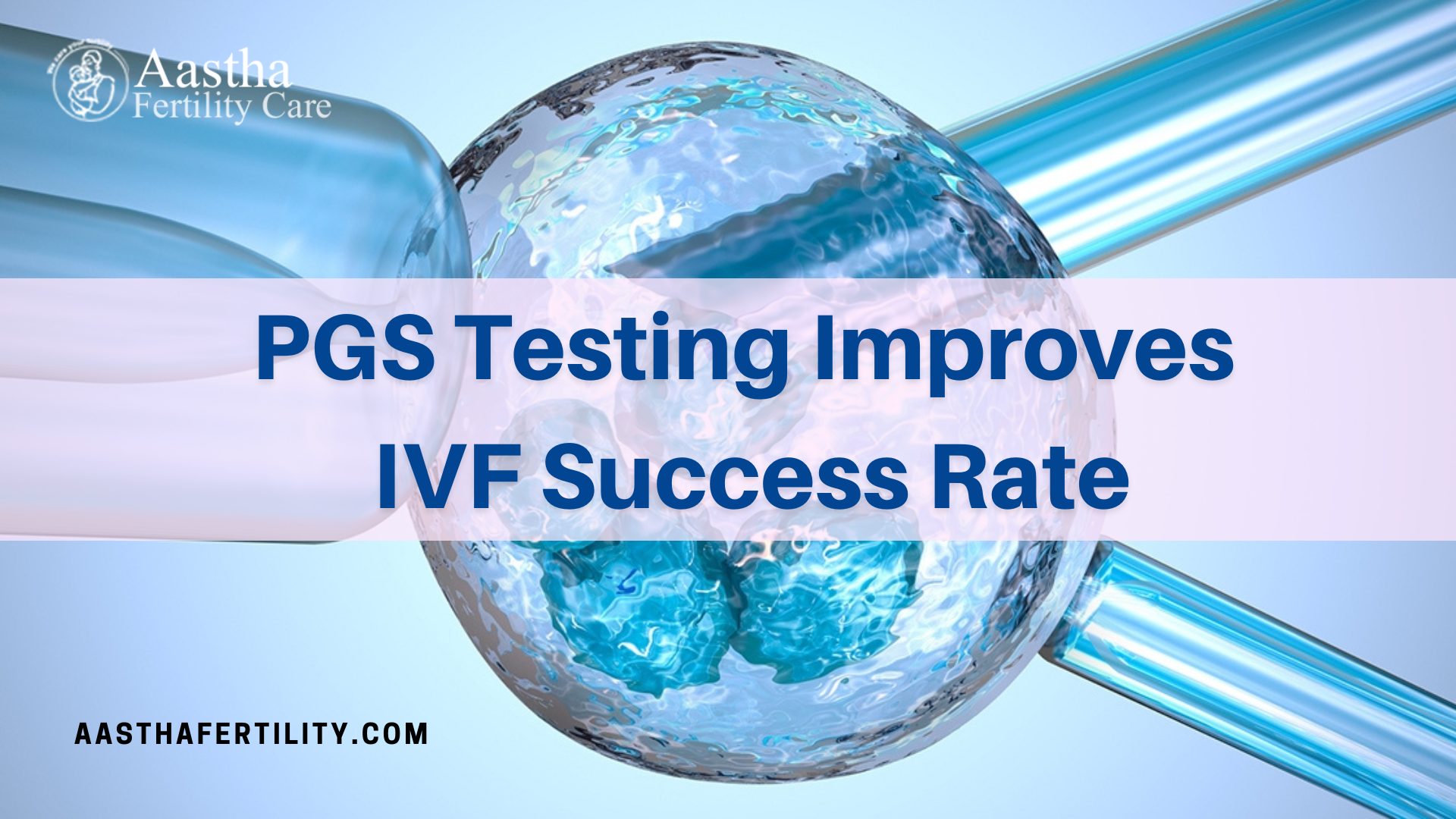
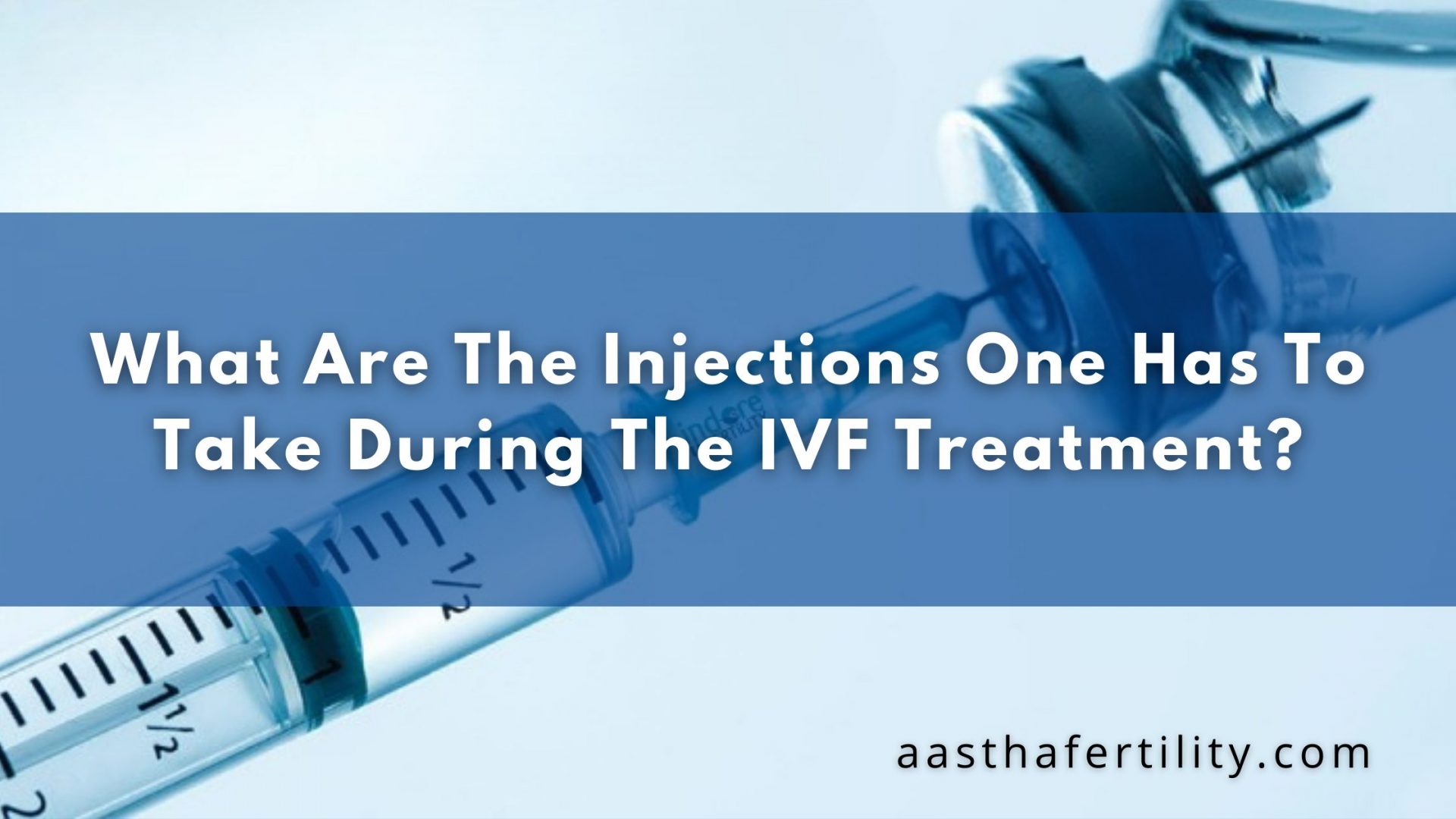
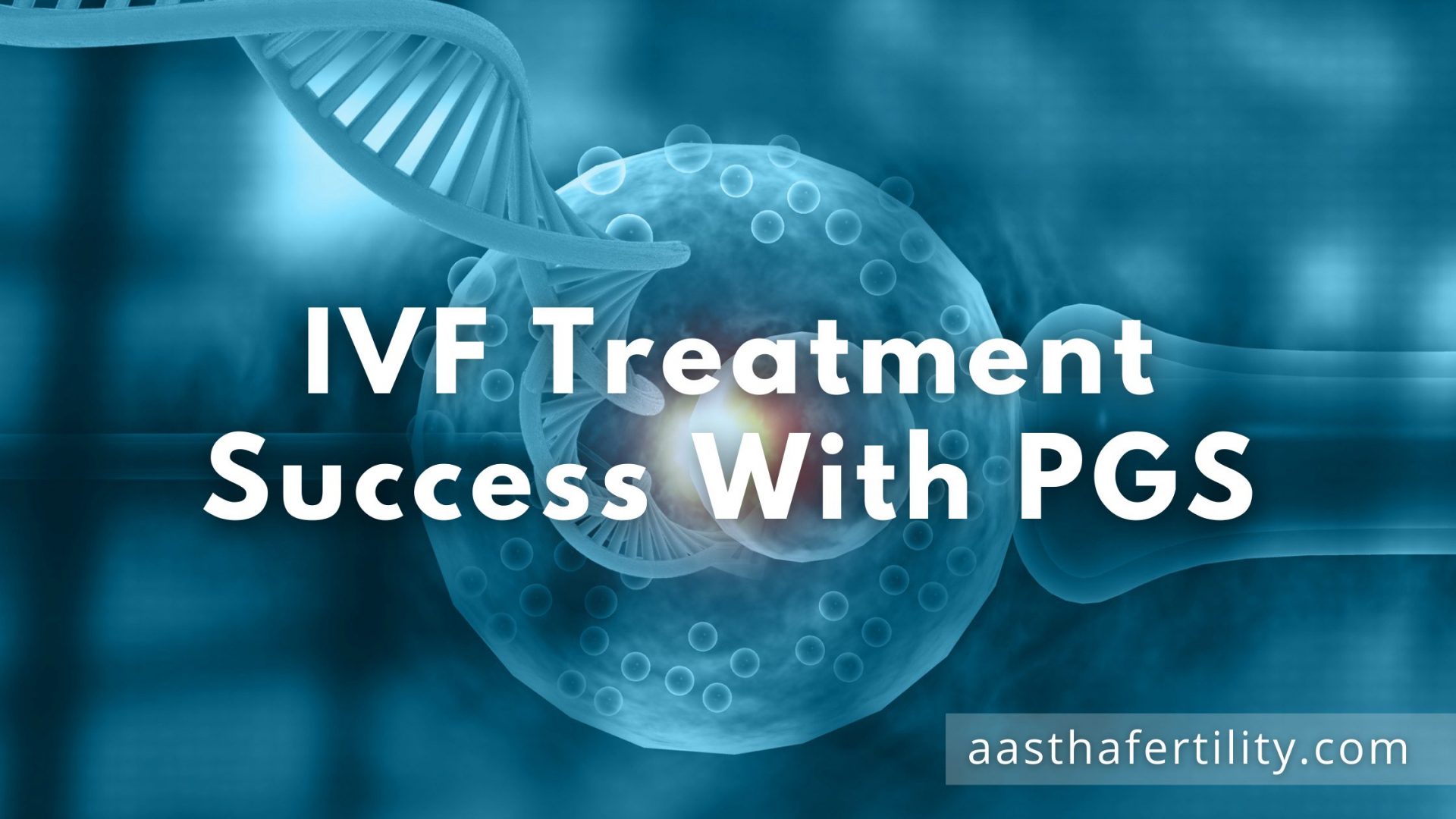

Leave a comment